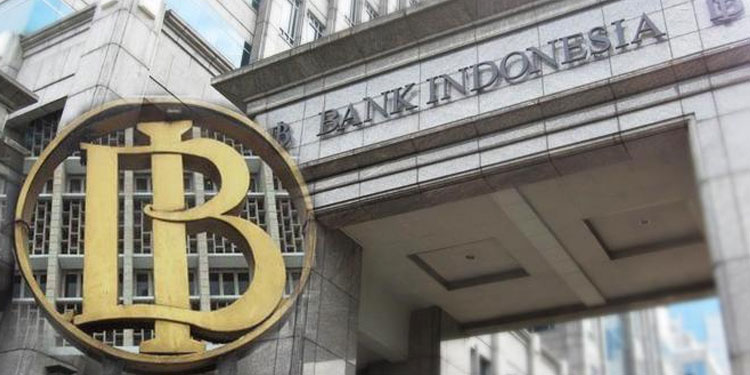
Since the previous year, the Bank of Indonesia has been conducting research on the possibility of launching a digital currency as the nation’s central bank (CBDC). Its principal purpose is to accelerate the use of cryptocurrencies all over the globe as a method of payment, and its goals are ambitious. This information was provided by Governor Perry Warjiyo at a recent briefing, in which he said,
The premise behind the digital rupiah will be the same as that behind paper money, and it will serve as the only acceptable form of legal tender for digital transactions in Indonesia.
To improve the efficiency of financial transactions and exchanges, other monetary authorities in the region have also contemplated using blockchain technology. Wholesale use of digital currencies is also being investigated by the Bank of the Philippines and the Reserve Bank of Australia, respectively.
At this time, the Bank of Indonesia is collaborating with its counterparts to investigate potential technology applications and address concerns over the safety of the digital rupiah. After the CBDC has been created, it will be transmitted to large banks and other payment processors, who will subsequently sell digital rupiahs to a variety of minor financial institutions with a smaller customer base. Because of this, a wide range of retail transactions will be possible.
Wellian Wiranto, an economist at Oversea-Chinese Banking Corp in Singapore, provided clarification that banks will play an important part in the distribution to prevent the likely disintermediation of banks, particularly during times of trouble, or the threat that families would tend to favor banking directly with the risk-free central bank instead of dealing through commercial banks. Both of these threats are related to the possibility that families would prefer to bank directly with the risk-free central bank.